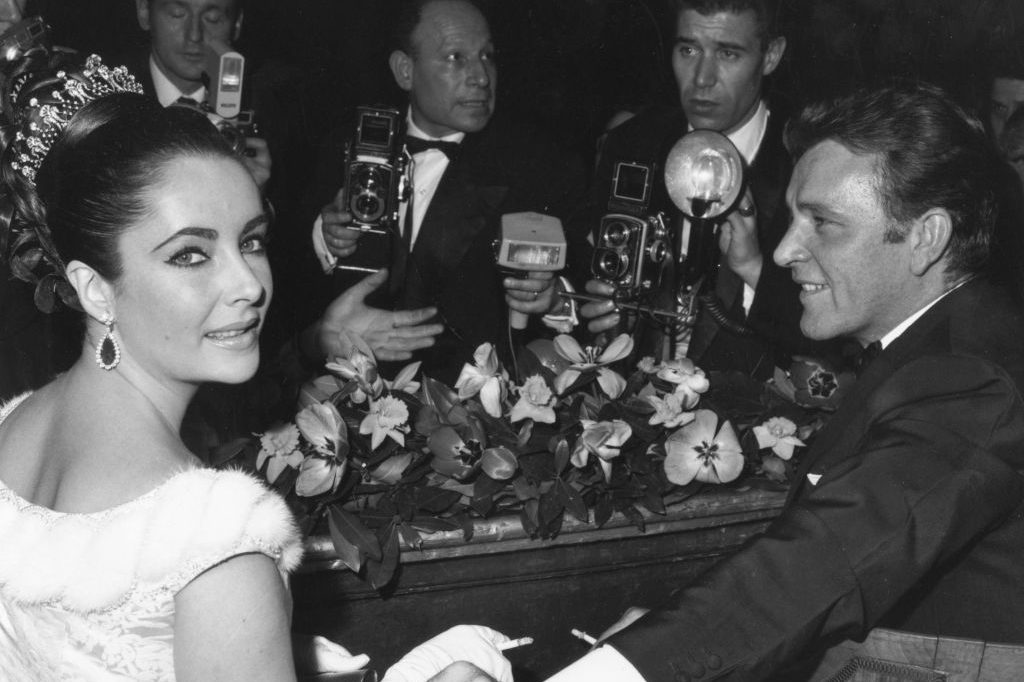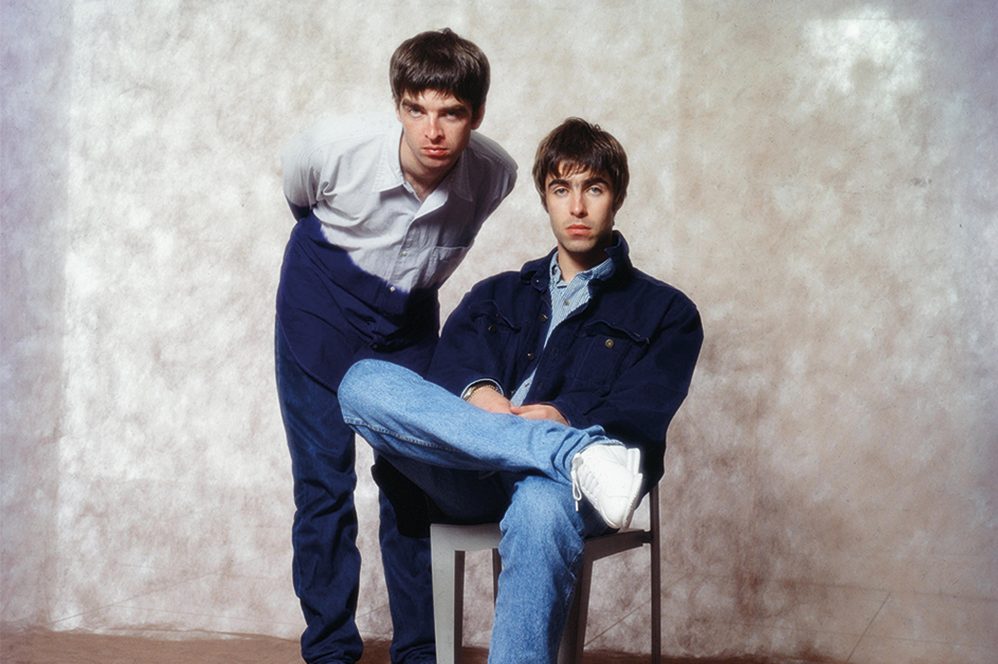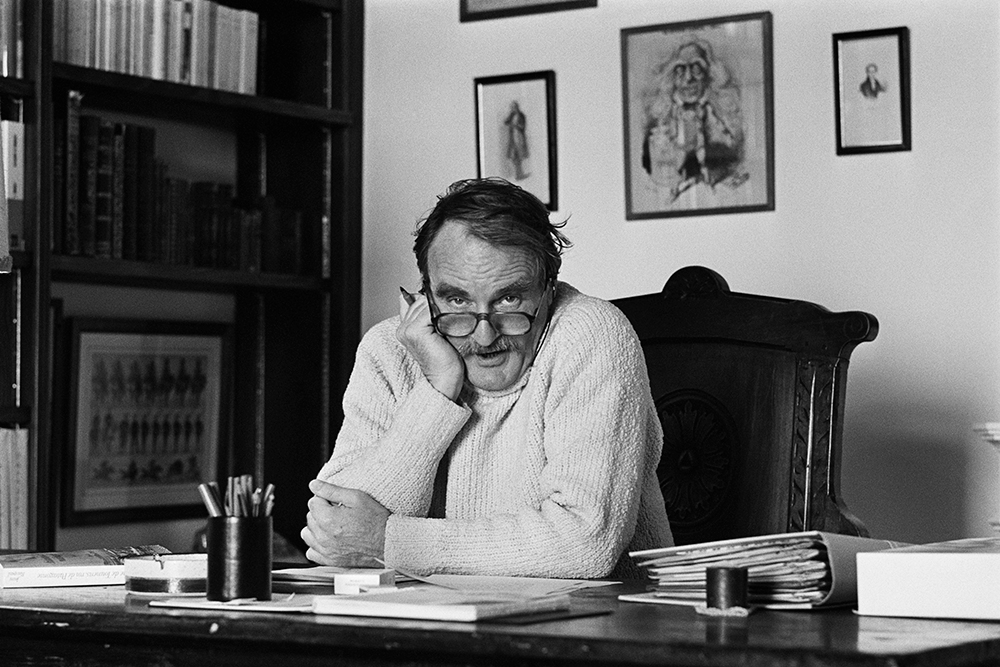What is it about Richard Burton and Elizabeth Taylor that still hooks us in, thirty-nine years after his death and twelve years after hers? In his magnificent, definitive double biography, Roger Lewis nails down the answer. Liz Taylor was the last great Hollywood movie star, starting in the golden age in National Velvet (1944), aged twelve. As Lewis puts it, her origins were in the magazines and movies of the Forties: “the era of Bing and Bob, Big Bands, such as Glenn Miller, Bogie…Tom and Jerry, Disney.”
In witty, inventive prose, Lewis captures the spirit of that age, in her old-fashioned glamour; “ice-blue lipstick and shoes matching the headboard and the curtains: she belonged more with Doris Day and John Wayne, rather than Peter Fonda or Mick Jagger and Sixties drug madness.” Burton was glamorous, too, and, of course, wonderful-looking like Taylor. But there was something more wicked and dangerous hanging in the air with him: a touch of sulfur. Lewis says, “If his hair had a light red shimmer, it’s because he was always the devil…and so much was signified by his rich and smoky voice.”
They shared the same crucial element of all great stars: watchability. Whatever film they were in — and they were both in some utter shockers — you can’t help but watch them, mesmerized by their eyes, looks and all-round credibility. Elvis Presley had the same thing: despite his lyrics, however ludicrous (There’s No Room To Rhumba in a Sportscar, anyone?), he never sounded fake. Roger Lewis is the master of the original biography. He’d garrote himself rather than write a straightforward life along the lines of “Born in 1925, Richard Burton was originally called Richard Jenkins…” In his biographies of Peter Sellers (The Life and Death of Peter Sellers, made into the Geoffrey Rush film) and Anthony Burgess, he leaps all over the place: from the biographical facts down delicious, salacious side alleys. Here he does the same, always coming up with credible theories as to what motivated Burton and Taylor.
Lewis is himself, like Burton, from South Wales, which gives him a special insight into the actor. He even drops into Welsh to describe him: “Ma’ lwc y diafol arnat ti: touched by the devil’s luck.” And he slips, too, into entertaining fantasy. Might he, as a little boy (born in 1960), have glimpsed Burton and Taylor on their regular visits to Burton’s hometown, Pontrhydyfen? He says they’d have been “more than welcome — to come and see my puppet theater, in the attic above the butcher’s shop and the slaughterhouse in Bedwas, Monmouthshire.”
To accommodate this combination of sources — this really is everything about Richard Burton and Elizabeth Taylor, as the book’s subtitle proclaims — it runs to a heady 745 pages. But still I raced through it, addicted to Lewis’s prose and the rackety, rollercoaster life of Burton and Taylor, astonished by the research the author has put in over thirteen years. Lewis is never boring. The further he delves into his ragbag of research, the funnier he is. He’s watched Benny Hill’s spoof performance as Rich Burt in “Who’s Afraid of Virgin Wool?” Lewis says, “It’s a remarkable impersonation, actually — the bloated, boozy face and the carefully arranged dark hair.”
Lewis is far from hagiographical. He rejoices in the cruel jokes at Taylor’s expense. Thora Hird says of her outfits, “Those ski-pants haven’t seen Zermatt.” Joan Rivers harvested some golden material out of her expansive waistline: “If Liz Taylor filmed Cleopatra today, they’d have to widen the Nile”; “Liz isn’t fat? Her blood type is ragu”; “This woman could moon Europe.”
Underneath the jokes, though, Lewis is deadly serious in his quest to capture the truth of what Burton and Taylor were really like. Their lives were ultimately tragedies, he thinks. As early as 1969, Taylor was becoming a lampoon of herself. In that year, one critic, Rex Reed, said, “The disintegration of Elizabeth Taylor has been a very sad thing to stand by helplessly and watch. Something ghastly has happened over the course of her last four or five films. She has become a hideous parody of herself, a fat, sloppy, yelling, screeching banshee.” Yet Lewis always second-guesses the reader. He responds to Reed’s quote by asking, “What’s wrong with being any of these things?”
He is just as gripped by — and sympathetic to — the downfall of Burton and Taylor as he is dazzled by their greatest performances. Yes, he can be wonderfully rude about them: “Elizabeth Taylor was born fully hairy, like a monkey.” But he’s also bewitched by Taylor’s otherworldly, unique intensity: “She was thoroughly intuitive, having little need to rehearse or mug up — what she did came unaffectedly.”
Lewis dances deftly between real life and the fantasy world on the big screen and delights in the yawning gap between. Analyzing Beau Brummell (1954), he loves Stewart Granger’s view of Taylor, his co-star: “She knew that I knew that she was a cunt.” But he also knows that, alongside the brutal horrors of stage-set rows, a Fifties fantasy has to be sustained on screen, of “chivalry, domestic decorum, behaving properly.”
Whatever the shortcomings of both their characters — and there were many — Burton and Taylor transcended them on screen. Lewis ties Burton’s genius to his Welshness. His performances in Look Back in Anger and Becket are rooted in “Burton’s formality, the Welsh intellectual puritanism; the Principality’s starchy tendencies; the flinching from flamboyance, whilst courting it.”
And then there was the mighty influence of Philip Burton, the teacher who adopted the young Richard Jenkins, gave him his surname — and, Lewis speculates, abused him. Lewis thinks Philip Burton is “drab and creepy, like a snail or whelk coiled inside its shell.” The actress Mary Ure was told by Richard Burton that Philip made a pass at him. Burton could, according to a girlfriend, get very black and angry about his adopted father. It explains, Lewis thinks, Burton’s comments: “I drank because I was afraid of being a homosexual… Make-up isn’t for men but it is for actors.” Later, in 1975, Burton enlarged on the theme, saying, “Most actors are latent homosexuals and we cover it with drink. I was a homosexual once but not for long. But I tried it. It didn’t work, so I gave it up.”
If Burton did drink to deal with any fear of homosexuality, he certainly put his back into the effort. Burton’s epic boozing and Taylor’s mammoth greed all feed into our fascination with them, along with the oceans of money that kept pouring in, right until the end of Taylor’s life. Lewis is masterly in getting together all the eye-popping facts. Her perfume business, the House of Taylor, launched in 1987, brought in an annual gross of $70 million, of which she received $12 million. Over the following two decades, her products earned a billion dollars.
Which of us wouldn’t be seduced — and in some way corrupted — by that sort of cashflow? Combined with intergalactic fame, it’s a lethal cocktail. It was a disaster, particularly for Burton. As Lewis says, he was “intellectually amazingly curious and high-spirited, like Faustus.” But that sort of money and success led him and Taylor into a world restricted to hangers-on and other famous and rich people, who couldn’t satisfy Burton’s intellectual curiosity. As his poor, much betrayed first wife, Sybil, put it, “At first, he is bored with someone. Then he becomes boring. Finally, he bores himself.”
And the decadence led in turn to vulgarity. As Cecil Beaton said of Taylor at the Proust Ball in 1971, he felt nothing but
disgust and loathing at this monster. Her breasts, hanging and huge, were like those of a peasant woman suckling her young in Peru… Round her neck was a velvet ribbon with the biggest diamond in the world pinned on it. On her fat, coarse hands, more of the biggest diamonds and emeralds, her head a ridiculous mass of diamond necklaces sewn together, a snood of blue and black pompoms and black osprey aigrettes. Sausage curls.
And yet, and yet… Behind all the dripping vulgarity (itself gripping), there is always the shadow of what once had been: the most glamorous, attractive couple in the world. Lewis is completely alive to the Hollywood staginess of Cleopatra (1963), where Burton and Taylor first fell for each other. But he is also bewitched by the sizzling, palpable romance that still comes across on screen:
Taylor is vivid and swift. There is something severe underneath — her will or willfulness. You can see with Burton — he’s fascinated; his muscles and nerves alerted. His eyes devour her, as if she is something that has ripened on a tree.
The greatest Hollywood love story of the twentieth century — its heart-stopping rise and tragic fall, swamped by vulgar excess — has found its greatest biographer.
Harry Mount is author of Et Tu, Brute? The Best Latin Lines Ever (Bloomsbury). This article was originally published in The Spectator’s January 2024 World edition.


























Leave a Reply